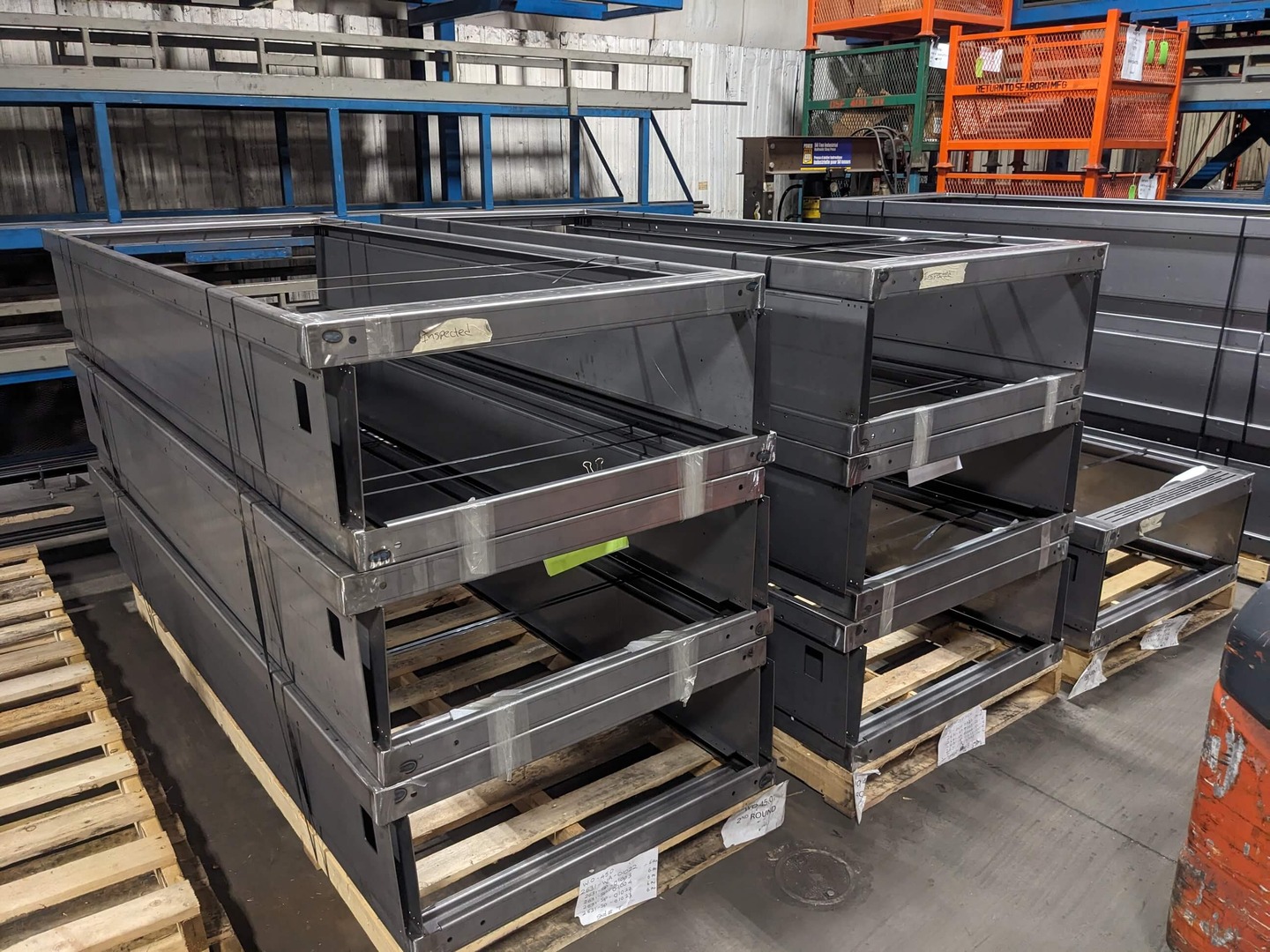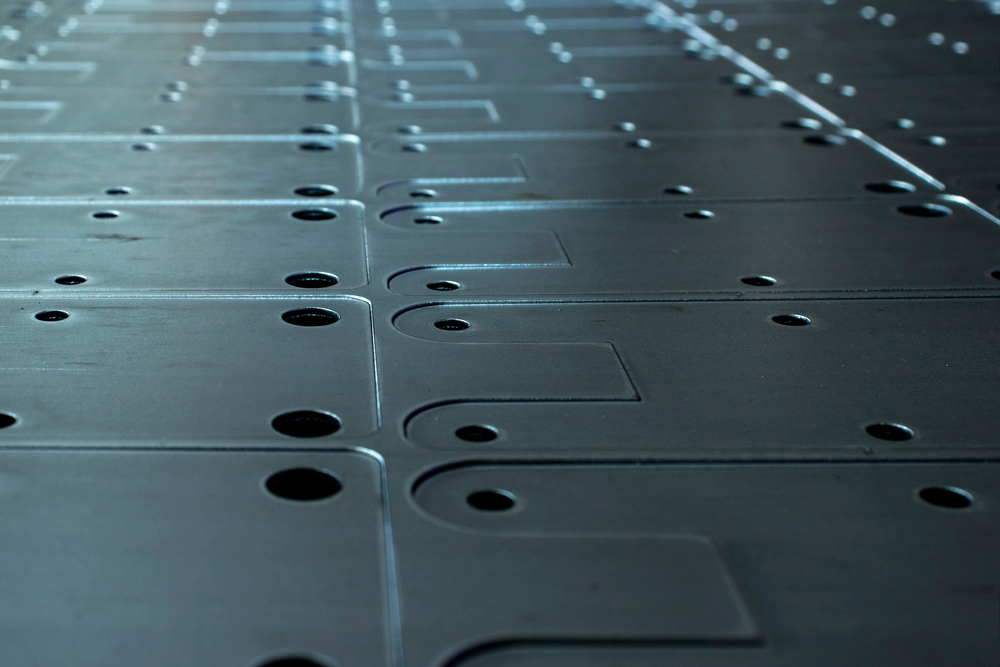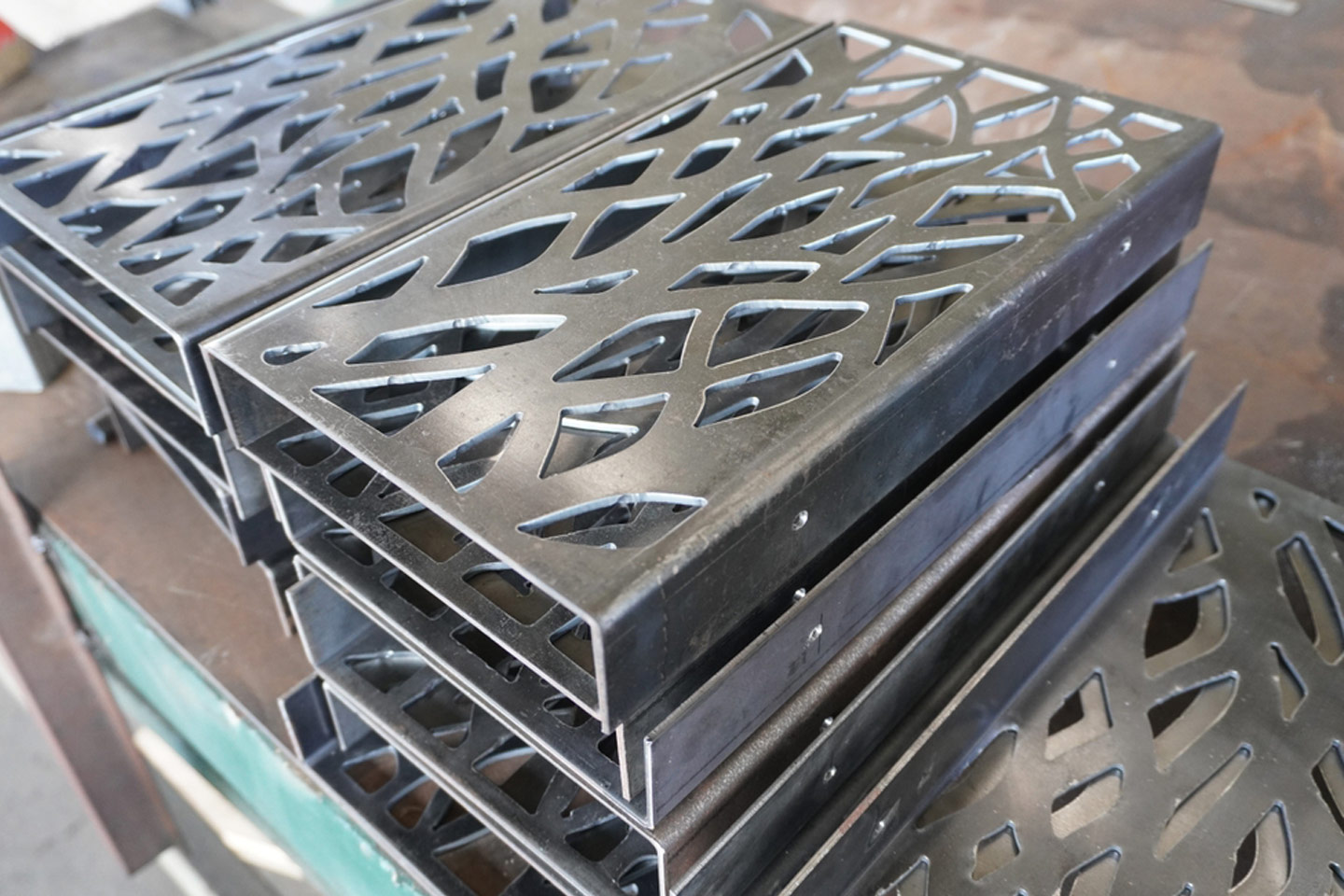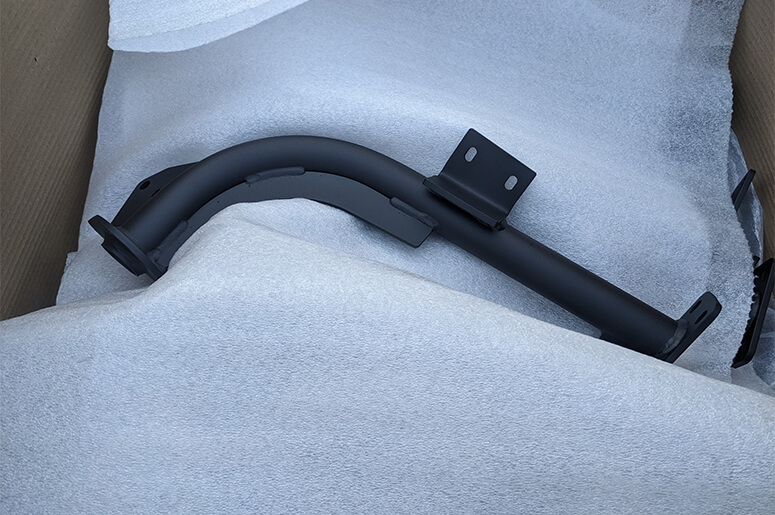Metal fabrication tolerance is a matter of balance. When tolerances are excessively tight, production may slow down and result in more lost materials. Furthermore, it may require advanced machining practices and more steps, which results in higher costs. And when tolerances are too lenient, bad fit, assembly problems, and performance failures may set occur.
The right precision for the application is what is required to insure desired functionality, and loose enough so that one does not have to deal with the complications and spiking cost of extreme tolerances. Choosing the correct tolerance for your situation is a balancing act.
Why Tolerances Matter in Metal Fabrication
1. Effect on Fit and Performance
Precision and Assembly
Tolerances dictate how parts fit together. Tight tolerances can ensure consistency but also can and often do spike component production cost, slow assembly, and generate fit issues related to component (tolerance) stacking. There are devices that need extreme tolerances some everyday examples would be fuel injectors, jet engines, and hydraulics. Overly tight tolerance on everyday items can even lead to more failures than a reasonable tolerance. A common example is when items are “tightly located” and the components assemble onto one another with no allowance for compliance or tolerance stacking resulting in excessive strain on a single component such as a bearing..
Risks Linked to Lack Control of Tolerances
Loose tolerances can result in defects, and poor function such as car doors not closing, engine parts that do not align, or device failure. Clear and meaningful tolerances lead to a consistent and reliable product being made.
2. Complexity of Manufacturing
Issues Related to Tight Tolerances
Tight tolerances require advanced equipment, far more monitoring, generally slower production speeds, and more thorough inspections, all of which increase costs. The reject rate rises and all this limits the capacity of production.
Unnecessary Costly Over-Engineering
If a particular part works well with a bit looser tolerance, implementing extreme precision will waste resources. Intelligent manufacturers strike a balance between precision and efficiency.
3. Cost
Tolerancing
While part can be formed to +/- 0.25mm (0.01”) they can easily cost 30% more than a part formed to +/- 0.5mm (0.025”).- A drawing title block tolerance of +/- 0.5mm (0.025”) is easily half the cost of a true position of 0.5mm referencing three faces / reference points.
- A position to position tolerance (not feature size) of 0.005” on laser cut or CNC machined part costs nothing extra.
Waste
Tight tolerances will without doubt increase production losses
- Not only time but material will be sacrificed to tight tolerances
- Too often we have seen drawing calling for tight tolerances on something that the environment it sits in (usually temperature range, but also humidity) will impact the size more than the drawing permits
Opportunities To Have Performance and Save Cost
When laser cutting and even typically machining small slots come at near no cost
- Keep tight reference points on a single face side of a part when possible
- Alignment features such as clearance on holes etc.
- Look to see the “standard” title block tolerance suits the need of the component.
4. Material Selection and Processing
Material Behavior during Fabrication
Different materials (metal and synthetic) behave differently, with some expanding with heat, while others tend to warp more when cut or welded. Picking a material that easily work with your tolerances is essential.
Environmental Factors
Most every material expands and contracts with temperature change. Some materials like Nylon and wood will swell or shrink based on moisture content. Knowing what the end product will be exposed to is essential in material selection.
Cost-Optimizing Tolerances for Fabrication
Knowing what your product needs and the components within it can hold is the core of making a great product for the right price. Make sure your tolerances are adequate and appropriate for what you need.
At Seaborn Manufacturing, we work with our clients to ensure the tolerances are realistic and reflect real world manufacturing capabilities in order to prevent extra expense and error. We may when we feel appropriate ask questions based on your drawing to seek clarity on your design intent and keep cost in check.
Conclusions
Tolerances greatly influence product quality and production costs. Establishing the correct tolerances avoids unnecessary costs while guaranteeing precision where it counts. At Seaborn Manufacturing, we work with our customers to ensure all the quality and cost requirements are met. Seaborn Manufacturing your production partner.







